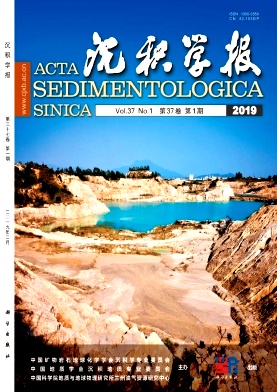Study on Sedimentary Environment and Patterns of the Cambrian Zhangxia Formation at Xiaweidian, Beijing
doi: 10.14027/j.issn.1000-0550.2018.110
- Received Date: 2017-11-28
- Rev Recd Date: 2018-03-19
- Publish Date: 2019-02-10
-
Key words:
- Xiaweidian section /
- Zhangxia Formation /
- sedimentary environment /
- offshore and gentle slope carbonate platform depositional model
Abstract: The Xiaweidian outcrop in the Western Hills of Beijing is one of the typical outcrops of the Cambrian system in North China. It has always been a focus of study for geological scientists. This paper describes a detailed analysis of the sedimentary deposits of the Cambrian Zhangxia based on previous research, involving field observation and measurement combined with indoor wafer identification, XRD tests, and other technologies. Through research, the main face of the Zhangxia deposit was determined to be detrital bathyal shallow marine facies and platform facies. The subfacies and shale were limited in shallow seas; the main development of the platform was limited to platform, beach, and tidal flat subfacies, and the beach was divided into high-energy beach and intermittent high-energy beach. The Zhangxia Formation is an offshore, gently sloping carbonate platform, consisting of many M-level cycles which gradually become shallow as one moves upward. In general, the water from the bottom grows deeper, and the carbonate platform gradually becomes stable.
| Citation: | GUO QiHeng, JIN ZhenKui, AN YiChen, ZHU XiaoEr. Study on Sedimentary Environment and Patterns of the Cambrian Zhangxia Formation at Xiaweidian, Beijing[J]. Acta Sedimentologica Sinica, 2019, 37(1): 40-50. doi: 10.14027/j.issn.1000-0550.2018.110 |






 DownLoad:
DownLoad: